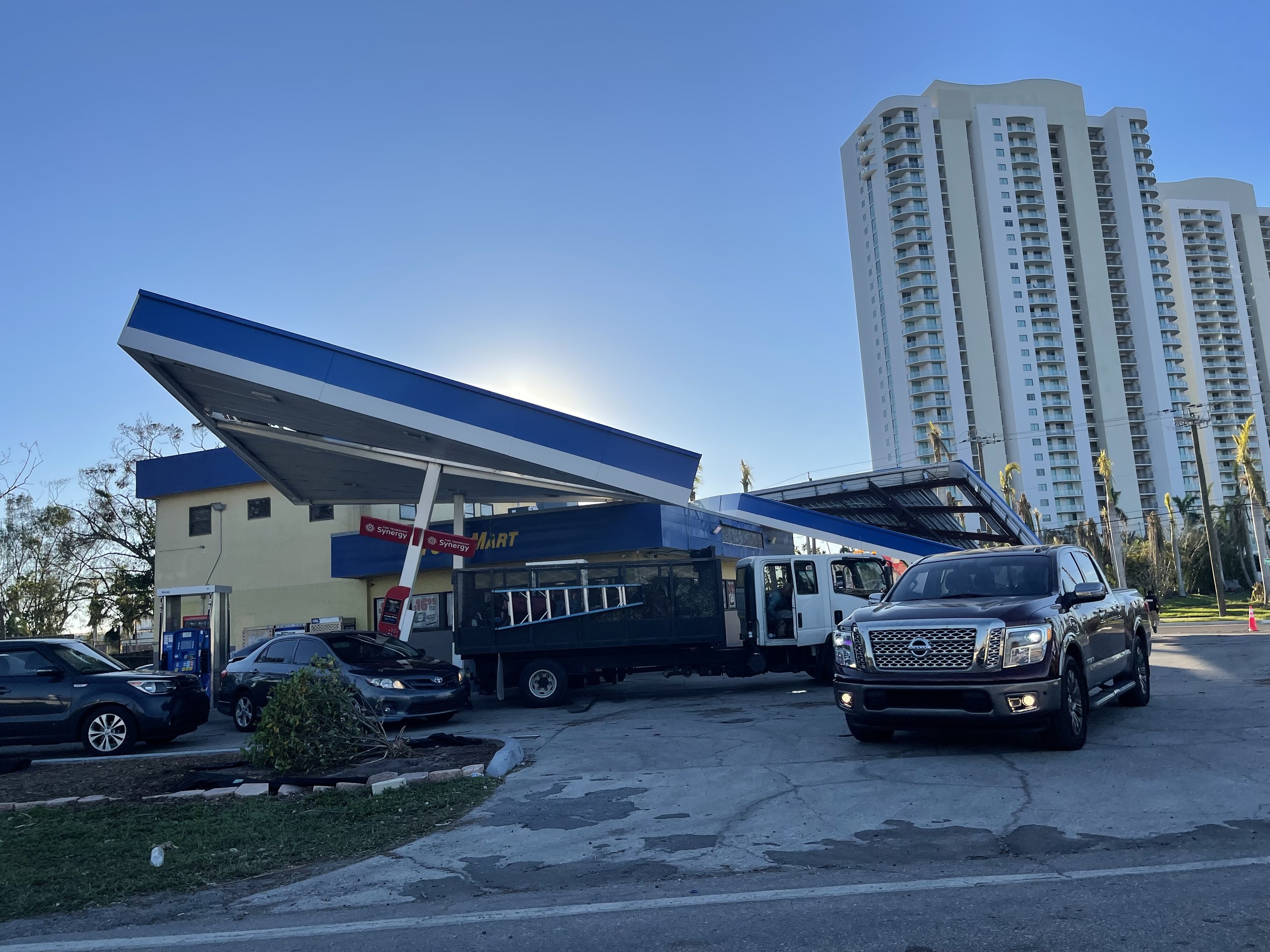Which Parts Of Florida Are Safe From Hurricanes?

Florida faces more hurricanes than any other state in the United States, with about 41 percent of all U.S. hurricanes making landfall here. Out of the 292 hurricanes recorded since 1851, around 120 of them have impacted Florida. While the entire state is vulnerable to these storms, some areas are more frequently affected than others. If you want to know what parts of Florida are safe from hurricanes, focusing on inland and northern regions may offer better protection.
Let us break down the hurricane-prone and less-impacted areas across Florida to help you understand the differences.
Understanding the Most Hurricane-Prone Areas
Florida’s position between the Atlantic Ocean and the Gulf of Mexico makes it a prime target for hurricanes. The northwest part of the state, particularly the Panhandle, faces the highest number of hurricanes. Northwest Florida has seen around 66 hurricanes since 1851, with many storms strengthened by the warm, shallow waters of the Gulf. This region is known for being vulnerable due to its location in relation to common hurricane paths.
Southwest Florida also experiences frequent storms due to its position along the Gulf. With 49 recorded hurricanes, the area ranks as one of Florida’s most affected. The southeast coast, including cities like Miami, has faced its share of storms, including Category 5 hurricanes. However, it ranks slightly lower in storm frequency compared to the northwest and southwest areas.
Where Hurricanes Hit Less Often
Moving toward northeast Florida, the number of hurricanes decreases noticeably. This region includes cities such as Jacksonville and has been hit by around 26 hurricanes. It is considered less vulnerable than its western and southern counterparts. The cooler waters in this part of the state play a role in weakening storms, offering some relief compared to other coastal areas.
Inland areas closer to the northern border with Georgia are the least hurricane-prone regions in Florida. While these inland areas do experience hurricane-related effects like rain and winds, they rarely encounter direct hits from hurricanes. Residents here benefit from reduced storm impact, though they may still see wind events or tornadoes when hurricanes move across the state.
Preparing with Structural Inspections
No matter the area, hurricane readiness is important. Regular structural inspections are one of the best ways to prepare. These inspections help identify areas in buildings that may need reinforcement. They make sure properties are less likely to suffer significant damage if a storm hits.
Properties in high-risk areas like the Panhandle or Southwest Florida should prioritize these checks. Structural assessments are also helpful for properties farther inland, where hurricane-related winds and tornadoes can still cause damage.
Considering the Role of Engineering in Hurricane Safety
Hurricanes bring high winds, flooding, and even structural strain on buildings. Engineering plays an important role in fortifying homes and other buildings against these forces. Good engineering practices can significantly lower the risks of structural damage.
For buildings in high-risk zones, special structural solutions like reinforced roofs can improve resilience. Wind-resistant doors and windows also help properties withstand hurricanes more effectively.
How Hiring a Public Adjuster Can Help After a Storm
When a hurricane causes damage, the process of filing insurance claims can be time-consuming and complex. To ease this process, many Floridians choose to hire a public adjuster. Public adjusters act as advocates, handling claims and helping property owners receive fair compensation. If a storm impacts your property, working with a public adjuster can help reduce stress and assure you are properly compensated for repairs.
Building a Safer Future with Us
At Stone Building Solutions, we help you safeguard your property. From structural inspections to damage assessments, our team is equipped to support you before and after storms. We offer a range of services to make building safety and hurricane readiness easier, so you can focus on living securely in the Sunshine State.
